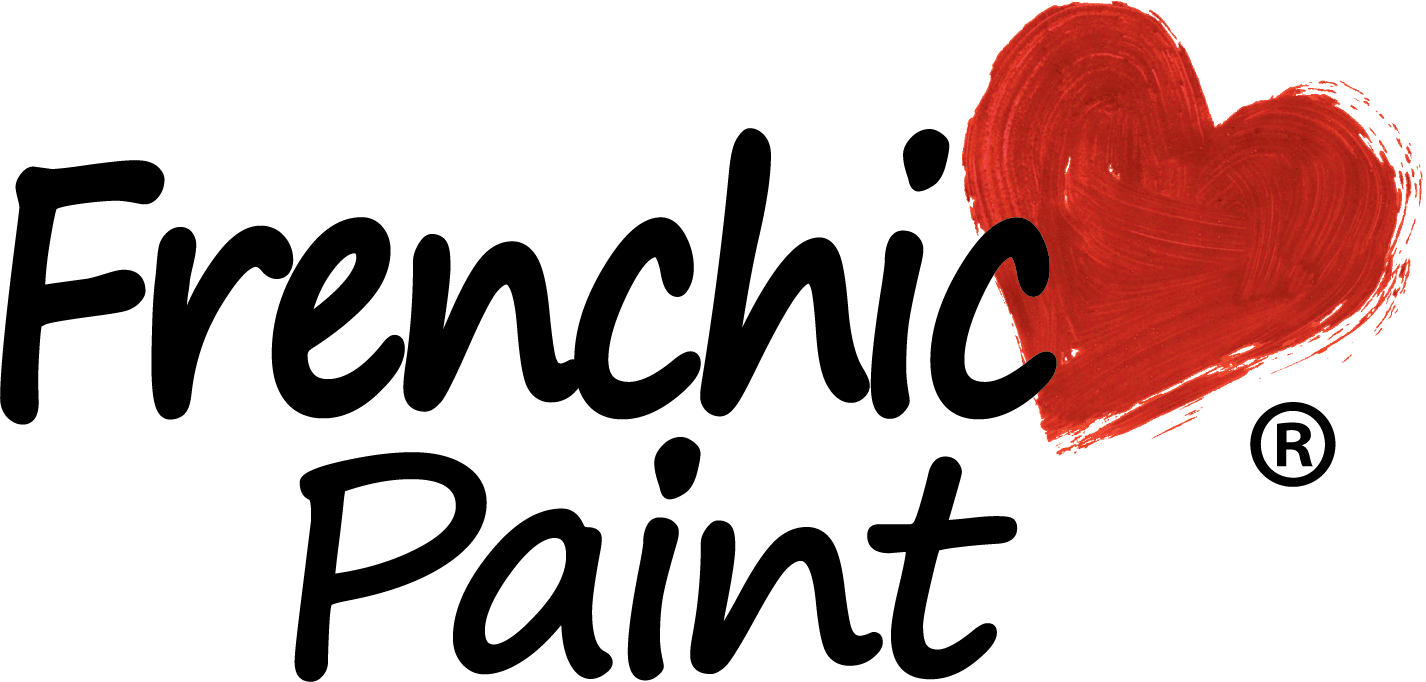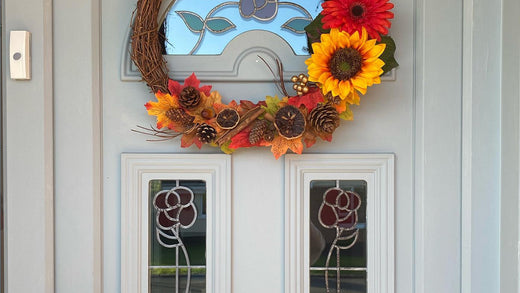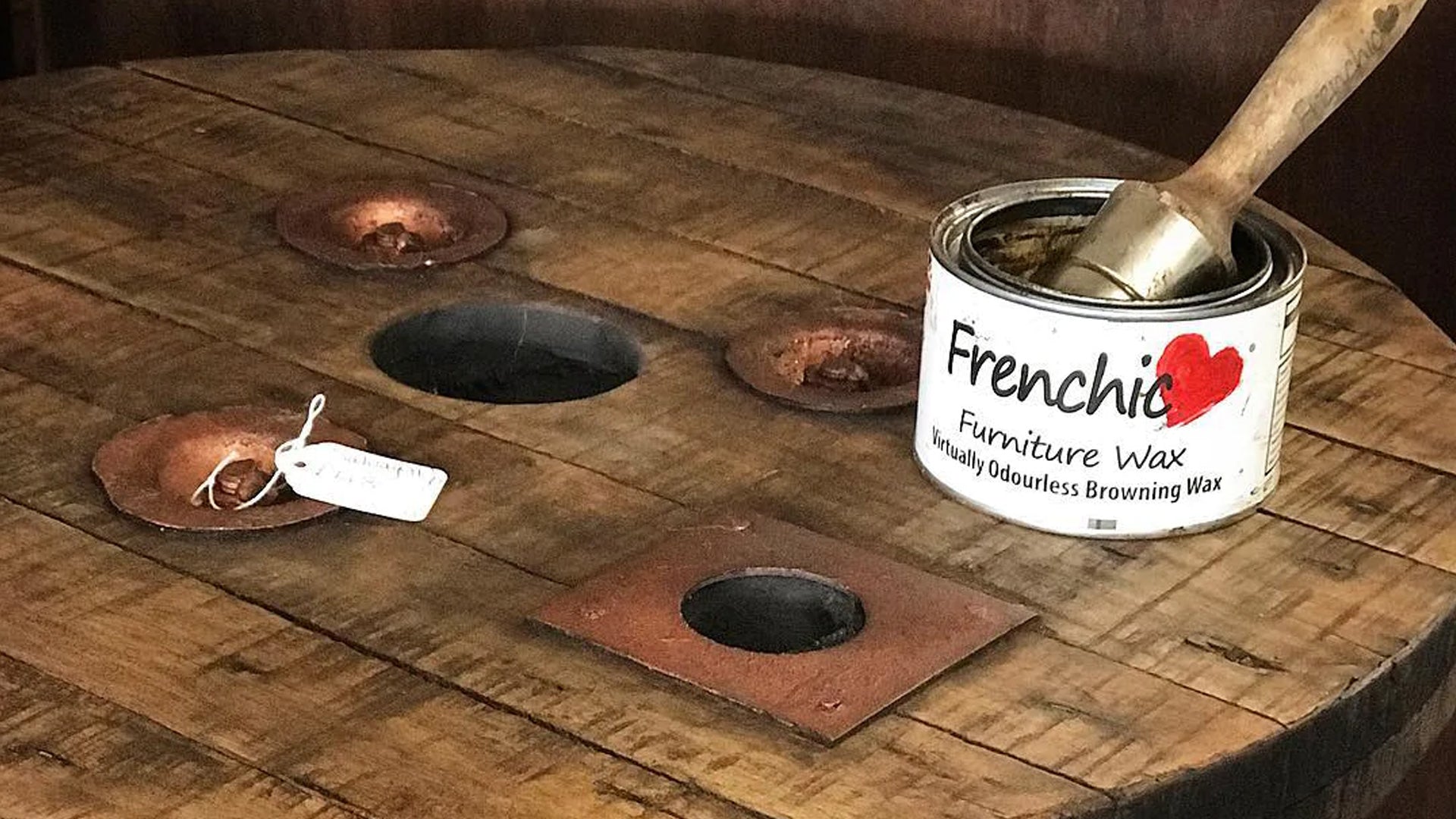uPVC windows and doors grace homes up and down the UK. They’re known for their durability, efficiency and low maintenance. But over time, uPVC fixtures can become discoloured and show signs of wear and tear. At an average of £360 per window, replacing them is costly – not to mention unnecessary if they’re still functional.
That’s why painting them is a great option. If they have life left in them but need sprucing up, a lick of paint is a quick, cost-effective and fun way to give uPVC windows and doors a new lease of life.
In this post, we’ll cover how to select the best paint for uPVC doors and windows along with some top tips on colour, preparation and painting.
In a rush? Find the info you need fast!
- Can You Paint uPVC Doors & Windows?
- Choosing The Best Paint for uPVC Doors & Windows
- Selecting Your Paint Colour
- Tips For Painting UPVC Doors And Windows
- How To Paint uPVC Doors & Windows
- Are You Searching for Paint?
Can You Paint uPVC Doors & Windows?
An important question for obvious reasons, but fortunately one that’s easy to answer. Yes – you can paint uPVC doors and windows, as long as you use the right paint and prepare your fixtures properly – both covered in this article.
That’s great news for anyone who’s bought a house with a door or window colour they didn’t choose themselves or simply changed their mind about a colour they once loved. Alternatively, your doors and windows might simply look tired or miscoloured. This is especially common for white uPVC, which can turn into and off-white, grey or cream.
Choosing The Best Paint for uPVC Doors & Windows
First things first, let’s cover what you came here for – the best paint. For uPVC doors and windows, you’ll need a paint that adheres to uPVC itself. It also needs to be weatherproof, given that your doors and windows will likely be exposed to the elements – with the exception of doors enclosed in a porch. That includes UV resistance as well as protection from water.
Weatherproofing and uPVC adherence are the two essentials. But if you really want to make things easier, look for a self-priming paint. This eliminates the need to buy a separate primer and cuts out the time-consuming process of applying multiple coats of primer and waiting for each to dry.
Fortunately, Frenchic’s Al Fresco range ticks all these boxes. It’s suitable for a range of surfaces including uPVC, metal and wood. It’s also self-priming as well as self-sealing and self-levelling (to minimise brush marks). Last but not least, it’s weatherproof, UV resistant and highly durable to protect your front door from all the usual wear and tear.
Selecting Your Paint Colour
That’s the type of paint sorted. Now it’s time to pick your colour. As covered in our blog post on painting wooden front doors, you’ll want to consider the following factors:
- Other fixtures – Do you want all your home’s doors and windows to complement or contrast each other?
- Building materials – Are there any materials like brick walls or period tiles that you want to complement?
- Surrounding area – Do nearby homes stick to certain shades, like heritage colours, and do you want your doors and windows to blend in or stand out?
It’s also worth bearing in mind that uPVC doors can warp in hot conditions, becoming hot to the touch and causing sticking. If your door is south facing, it may be wise to consider avoiding dark colours – as the darker the colour, the more heat the surface will absorb.
Once you’ve considered all of the above, it comes down to which colours catch your eye and grab your heart. Even the most subtle, neutral shades can add serious kerb appeal to your home. That’s certainly the case for greys, which have become some of the most popular paint colours. Just look at the difference mid-grey Greyhound makes to this wood-effect front door:
Or go darker with a deep charcoal grey like Smudge. Painting the front door and windows all in the same colour can really transform a home’s façade…
Maybe you want to add a pop of colour to contrast other fixtures or make your home stand out? If that’s the case, it’s hard to see past a bright bold yellow like Daffs. Such a lively colour is sure to make an impression and set your doors or windows apart.
While it’s equally uplifting, green has become one of the more conventional colours for both doors and windows. Wise Old Sage is particularly popular for its heritage look, which is equally at home on country cottages and modern settings.
All that said, you can still find shades of green that really do push the boat out. A crisp shade like Apple of my Eye stands out for all the right reasons, and can brighten up the entranceway to any home.
Tips for painting uPVC doors and windows
Once you’ve got the best paint and chosen your colour, it’s time to get painting. Or is it? As with any paint job, a little more work beforehand will pay dividends for the end results. Here are our top tips…
Checking your fixtures
Most uPVC fixtures can be painted. But, if possible, it’s worth checking with the manufacturer if you can. Be sure to check for structural integrity too. If there are signs of panels that have blown or are very damaged, painting can sometimes exacerbate the problem.
Surface preparation
Then there’s preparation. You’ll want to scrub the door and sides with sugar soap (1 part with 10 parts with warm water) before rinsing and leaving to dry. Then use sandpaper to abrade the surface, allowing for better paint adhesion.
Protection
Before painting, make sure all glass and handles are protected. Cardboard or polythene can be secured with masking tape for large glass panels, while handles can be masked off or removed entirely. Don’t forget to avoid any seals, beading or brushes when painting, as dried paint will affect how they work. Most importantly with silicone seals, it’s likely to flake off over time, as no paint can effectively adhere to silicone.
Weather
Finally, you’ll want to check the weather. Rain is a big no-go, but it’s also important to check for moisture in the air. You’ll also want the temperature to stay between 10-32°C for the following 48 hours for best results. On top of that, it’s always best to avoid painting in direct sunlight, as this can cause the paint to dry too quickly, leading to an uneven and compromised finish.
Choose your weapon
To apply paint to your uPVC windows and doors, you have two options – a brush or a sprayer. Check out our video and guide on painting uPVC doors for more information on the two methods.
How To Paint uPVC Doors & Windows
Ready to get started? Take a look at these step-by-step instructions on how to paint a uPVC door or window...
1. Gather your tools
It’s good practice to get everything you need for a job in one place before starting. There’s nothing worse than having to go back and forth to the shops or the shed when you want to get stuck into some DIY. To paint your uPVC windows or doors, you’ll need:
- Your choice of the best paint for uPVC windows or doors
- Sugar Soap mixed with warm water
- A sponge
- Some water and a clean cloth
- Medium-grade sandpaper
- Masking tape plus cardboard or a polythene sheet
- A suitable paintbrush or hand-held paint sprayer
2. Prepare the surface
As mentioned earlier, the uPVC surface you’re painting on your door or windows needs to be ready for paint.
Firstly, you’ll need to remove grease and grime by using sugar soap with warm water and scrubbing with your sponge, before rinsing and drying with a clean cloth. Then use your sandpaper to lightly sand the uPVC, which will help the paint adhere. Be sure to wipe off the dust with a cloth after sanding.
3. Protect handles and glass
Masking tape is the usual solution when you want to stop paint getting where it shouldn’t. uPVC doors and windows are no exception. However, you might also want to use a polythene sheet or cardboard to protect the entire glass surface from paint splashes – essential if you’re using a paint sprayer.
Cut the sheet or cardboard to size then secure round the edges with masking tape. You can also use masking tape for any handles or remove them altogether if that’s easier.
4. Apply your paint
As we’ve covered above, you can choose from brushing or spraying. Brushing is often preferred for windows, with spraying more suitable for doors.
With a brush, paint lengthways in the direction of the window frame or any panelling on your door. Be careful around beading and silicone seals as these shouldn’t be painted.
If you’re spraying, you’ll need to thin the paint with around 10% tap water. Then keep the sprayer around 4 inches away from the window or door and move continuously for even distribution – side to side or up and down.
Get the best paint for your uPVC doors and windows
If you’re looking for the best uPVC paint, our Al Fresco range has you – and your windows and doors – covered. Choose from a selection of beautiful colours, all with the same weatherproofing, UV resistance and self-priming qualities. Then transform your uPVC fixtures at a fraction of the replacement cost. You can thank us later!








